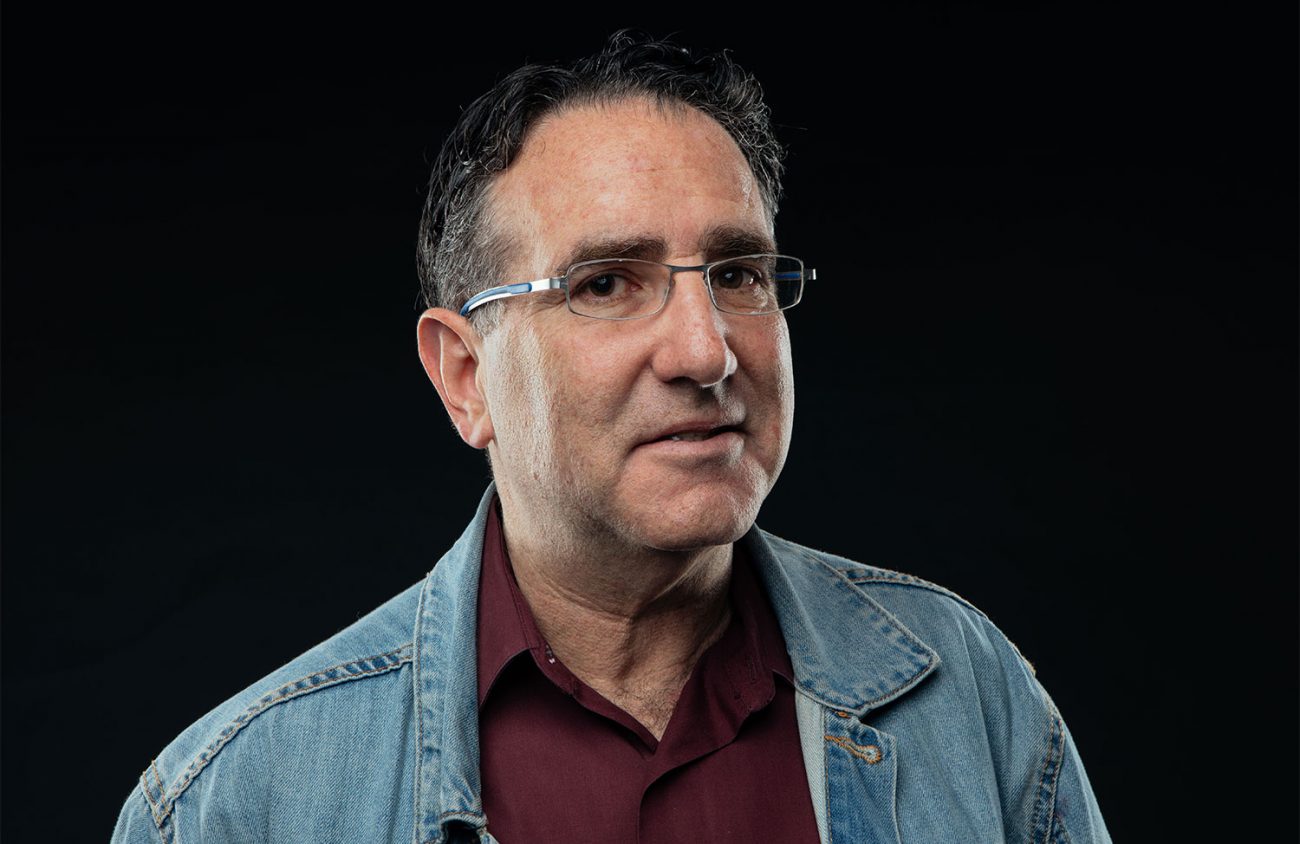Students put their headphones on, open their laptops and begin clicking away as they progress through adaptive levels of gameplay. Collect money to buy new avatars and wallpapers, earn new badges to compare with your friends, unlock minigames in between your daily challenges — even before a global pandemic, this was the future of K-8 math education.
For many, this sounds like fun, maybe even better than the days of completing times tables with a pencil and paper. But while DreamBox, a for-profit company bankrolled by Netflix CEO and billionaire Reed Hastings, claims to dramatically increase math scores for K-12 students, 4J board member Gordon Lafer says the company is being misleading.
In a meeting at the beginning of August, five out of seven 4J board members voted in favor of a $200,000 purchase of DreamBox programming for its K-8 classrooms, against Lafer’s advice, with one 4J teacher even arguing that the program not only doesn’t live up to its claims but is also no better than far cheaper non-profit programs.
In press releases and blog posts, like this one from a year ago, and in the 4J board member meeting packet prior to the vote on using the program, DreamBox advertises “that students who use DreamBox for just an hour a week improve their math scores nearly 60 percent more than expected.”
“The first thing that jumped out at me is I was like, OK, there is nothing that can improve your math score by 60 percent in an hour,” Lafer said after receiving that info in his board packet — so he decided to look into it.
The new board member as of last year is no stranger to research, being a professor at the University of Oregon specializing in labor policy and former Senior Labor Policy Advisor for the U.S. House of Representatives’ Committee on Education and Labor.
The claim that the math program can increase test scores at such a high level comes from a Harvard study of DreamBox. Harvard researchers concluded in the study that their “results are encouraging but not conclusive. Students who used DreamBox Learning software at the average level witnessed a 2 percentile point gain” on a math test given to students in the Howard County Public Schools System and Rocketship Education charter school network.
That 2 percentile point gain of students using the program prior test as opposed to their peers from other schools led researchers to believe that the program does indeed improve math knowledge even when accounting for differences in students and teachers, which researchers say is “encouraging but not conclusive.”
Nowhere in the study does it say explicitly that DreamBox improves scores at a rate of 60 percent, but DreamBox makes that argument on its site anyway.
On that same Howard County math test, the average student scored 190.4 and when using a program other than DreamBox, improved their score to an average of 203.4. With Dreambox, that score went from a 190.4 to a 210.9. That is a 7.5 difference in score between the two methods of studying, and when divided by that 13 point difference the other method boasts, is a 58 percent difference. In actuality, the percent of change between a score of 203.4 and 210.9 is only 4 percent. Even that 4 percent is cut down to 2 percent by the Harvard researchers when the researchers took into account changes in demographics.
The 4J board approved the $189,550 in a 5-2 vote that would go to buying access to DreamBox’s services across all 4J elementary and middle schools. The district had previously purchased licenses to use DreamBox in all elementary schools and some middle schools but board members including Alicia Hays made the argument that even if some members like Lafer were unsure of its merits, it would be unfair to the remaining middle schools to be left out of the new math program, possibly putting them behind their counterparts across the district.
One eighth grade teacher who asked to remain anonymous as his early career status provides easier grounds for termination said he didn’t feel like DreamBox was the right fit for his students. By the time students get into middle school, this teacher feels that they have matured past the “game-style” way of learning and would benefit more from interacting with their peers away from a computer screen.
Beyond that, he said he didn’t have much of a choice as to when and how much to use it with demands coming directly from the district. He said although the district never explicitly recited the “60 percent improvement with 60 minutes of use of a week” numbers, teachers were mandated to spend almost exactly 60 minutes a week with the program.
“I don’t want to speak for all teachers at all, but I know that many of us are just concerned about profit-seeking ventures coming into the classroom. They’re there to help students in the service of something else — making more money,” the teacher said.
Lafer echoed a similar sentiment and both men feel that allowing teachers to choose their own preferred methods of teaching, like non-profits such as Desmos, an organization providing free math tools and curriculum to teachers and students, would be beneficial to student learning.
Eugene Weekly reached out to the Eugene 4J Superintendent Cydney Vandercar for comment but did not receive a response after an initial email and multiple follow-ups to set up an interview.
Lafer wrote a letter to the superintendent and to his fellow board members laying out his argument and research into DreamBox’s claims, Vandercar and Lafer decided there wasn’t much to be done after the official vote. He then wrote a letter to district employees asking that a statement be issued to the board stating that the misleading 60 percent number never appeared in the Harvard study.
